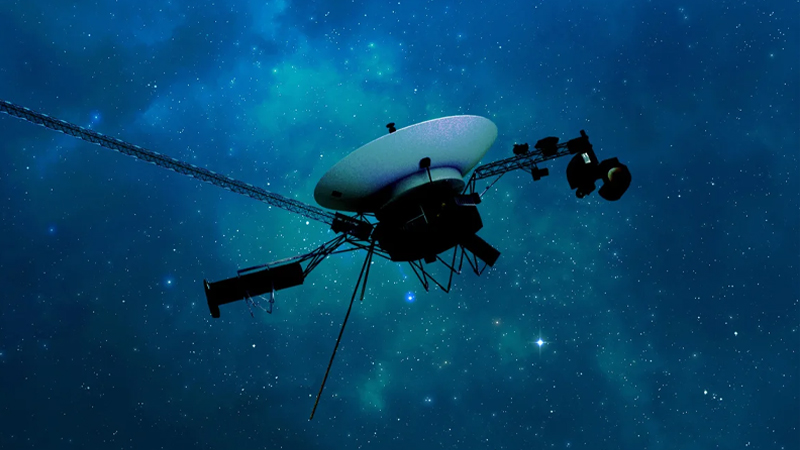After five months of radio silence, NASA’s Voyager 1 spacecraft, the farthest human-made object in space, has once again established clear communication with Earth. This breakthrough follows a creative solution devised by NASA engineers to address a communication problem that had plagued the spacecraft since November last year.
Voyager 1, now positioned approximately 15 billion miles away from Earth, encountered difficulties when its flight data system began transmitting an indecipherable repeating pattern of code. This system collects vital information about the spacecraft’s health and scientific data, encoding it into binary for transmission back to Earth.
Despite maintaining a steady radio signal, Voyager 1 failed to deliver usable data due to the persisting glitch. However, on April 20, 2024, NASA engineers successfully received coherent data from the spacecraft, indicating its healthy status and proper functioning.
The breakthrough came after months of troubleshooting from Earth. Utilizing a command known as a “poke,” engineers attempted to restart Voyager 1’s computer system, hoping to identify the root cause of the issue. Through meticulous analysis of the flight data system’s memory, the team discovered that 3% of it was corrupted, primarily due to a malfunctioning chip.
Unable to repair the chip, engineers ingeniously distributed the affected code across different sections of the system’s memory. This process involved adjusting the code to ensure seamless functionality, a task accomplished through meticulous planning and execution.
On April 18, a radio signal was transmitted to Voyager 1, instructing it to relocate the code to its new designated positions within the memory. Despite the vast distance, taking approximately 45 hours for a signal round trip, Voyager 1 successfully executed the command, reinstating readable engineering data transmission.
This achievement marks another milestone for the Voyager mission, which began over four decades ago. Originally designed for a five-year mission, Voyager 1, along with its twin Voyager 2, has surpassed all expectations, providing invaluable insights into the outer reaches of our solar system and interstellar space.











Leave a Reply